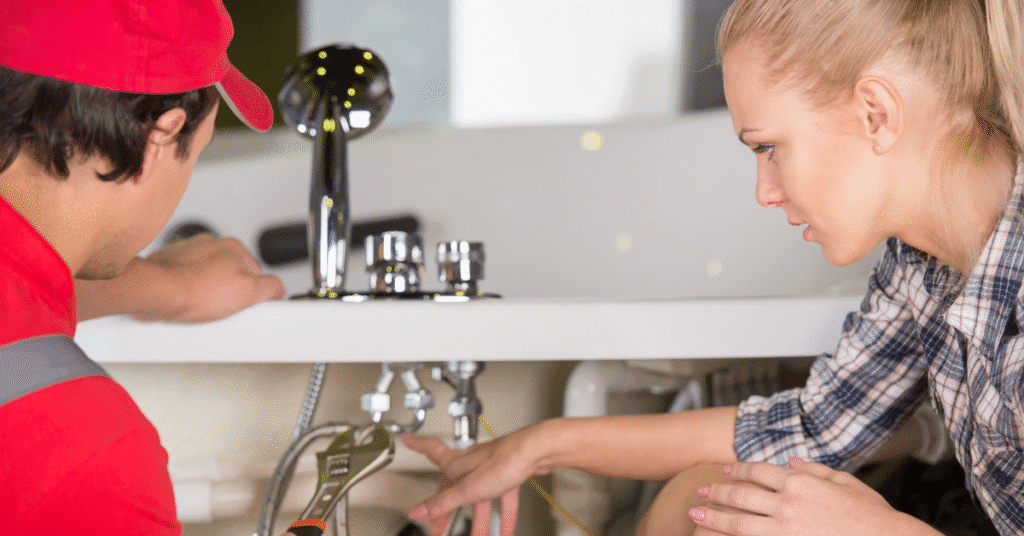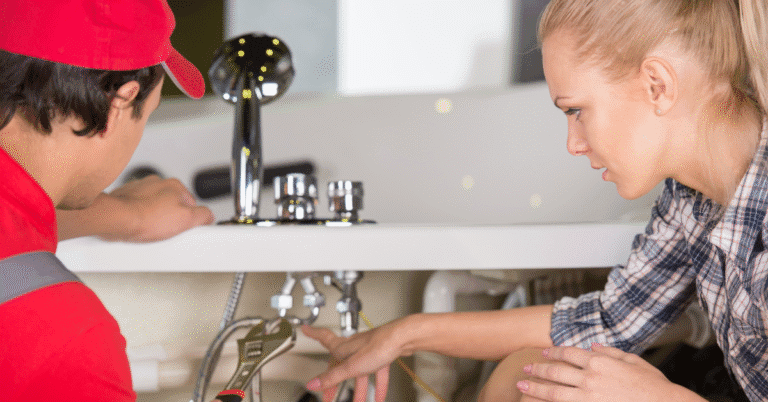
A well-maintained plumbing system is the backbone of a comfortable, efficient, and healthy home. In Oregon, where seasonal changes, water quality, and local conditions present unique challenges, following a consistent plumbing maintenance schedule is not just a good idea—it’s essential.
By combining practical homeowner habits with trusted EPA WaterSense maintenance guidelines, you can extend the life of your fixtures, conserve water, and prevent costly repairs. At Einstein Pros, we’ve developed a plumbing maintenance plan tailored for Oregon homes that aligns with the highest efficiency and safety standards.
Why Plumbing Maintenance Matters in Oregon
Oregon’s varied climate—from wet coastal regions to drier high desert areas—puts plumbing systems through very different stresses. Coastal homes may deal with higher humidity and corrosion, while Central and Eastern Oregon properties are more likely to experience frozen pipes in winter. Across the state, hard water, aging infrastructure, and seasonal temperature swings can all contribute to plumbing wear and tear.
Routine maintenance is the best way to:
- Prevent leaks that waste water and cause damage.
- Maintain proper water pressure and flow.
- Keep drains and pipes clear of buildup.
- Ensure water quality meets safety standards.
- Save money on repairs and utility bills.
Monthly Plumbing Checks
1. Inspect Faucets and Fixtures
Check all faucets, showerheads, and spouts for drips or leaks. Even a slow drip can waste thousands of gallons per year. Tighten loose handles, replace worn washers, and clean aerators to maintain flow efficiency.
2. Test for Toilet Leaks
Place a few drops of food coloring in the toilet tank. If color appears in the bowl without flushing, you have a leak that needs repair—often a simple flapper replacement.
3. Monitor Water Pressure
High water pressure can strain pipes and fixtures. Use a pressure gauge to ensure your home’s pressure stays between 40–60 psi.
Internal Resource: See our guide to detecting leaks for step-by-step help.
Quarterly Plumbing Tasks
1. Clean Sink and Shower Drains
Remove hair, soap residue, and other debris before they cause clogs. Avoid chemical drain cleaners—mechanical removal is safer for your pipes and the environment.
2. Test Water Heater Function
Run hot water from the tap and verify it heats quickly. If water temperature fluctuates or rust-colored water appears, further inspection may be needed.
3. Check Supply Lines
Inspect hoses for dishwashers, washing machines, and refrigerators. Replace any with bulges, cracks, or wear.
Seasonal Plumbing Maintenance
Spring
- Outdoor Faucets: Turn on outdoor hose bibs that were winterized. Check for leaks from freezing damage.
- Gutter and Downspout Cleaning: Ensure rainwater is diverted away from your foundation to prevent basement or crawl space moisture issues.
- Septic System Inspection: If you use septic, schedule regular pumping and inspection per EPA guidelines.
Summer
- Irrigation System Check: Inspect sprinkler heads for leaks or misalignment.
- Inspect Exposed Pipes: Look for sun exposure damage or corrosion on outdoor plumbing.
Fall
- Insulate Pipes: Prepare for freezing temperatures, especially in crawl spaces and exterior walls.
- Drain Outdoor Faucets: Disconnect hoses and drain lines to prevent burst pipes.
Winter
- Prevent Frozen Pipes: Keep cabinet doors open near plumbing on exterior walls to allow warm air circulation.
- Run Faucets in Extreme Cold: A slow drip keeps water moving and reduces freezing risk.
Learn how to winterize your plumbing for Oregon’s cold months.
Annual Professional Plumbing Inspection
Even with consistent homeowner upkeep, an annual inspection by a professional plumber is key to catching hidden problems early. At Einstein Pros, we recommend this service to:
- Inspect hidden leaks behind walls or under floors.
- Test water heater efficiency and flush the tank to remove sediment.
- Examine sewer lines for tree root intrusion or blockages.
- Verify backflow prevention devices function correctly.
- Ensure all fixtures meet current EPA WaterSense standards.
This inspection is particularly valuable before listing a home for sale or after purchasing a property.
Water Conservation and EPA WaterSense
The EPA WaterSense program provides guidance on water-efficient fixtures and best practices. By integrating these into your home, you can:
- Reduce water use by 20–30% without sacrificing performance.
- Lower your water and energy bills.
- Contribute to sustainable water management in Oregon.
Look for the WaterSense label when upgrading faucets, toilets, and showerheads. These fixtures are tested for efficiency and performance, making them a smart choice for long-term savings.
Einstein Pros’ Recommended Maintenance Schedule Summary
| Timeframe | Task Highlights |
|---|---|
| Monthly | Faucet and fixture checks, toilet leak tests, monitor water pressure |
| Quarterly | Drain cleaning, water heater function test, supply line inspection |
| Seasonal | Outdoor faucet checks, pipe insulation, irrigation maintenance |
| Annual | Full professional inspection, water heater flush, EPA WaterSense review |
Final Thoughts
Maintaining your Oregon home’s plumbing system doesn’t have to be overwhelming. By following a structured schedule rooted in EPA WaterSense maintenance and adapted to Oregon’s unique climate, you can keep your plumbing efficient, reliable, and long-lasting.
For homeowners who want the peace of mind that comes from expert care, Einstein Pros offers thorough inspections, preventative maintenance, and tailored plumbing solutions designed specifically for the region’s needs. A proactive approach today can prevent expensive repairs tomorrow—and conserve one of our most precious resources: water.
